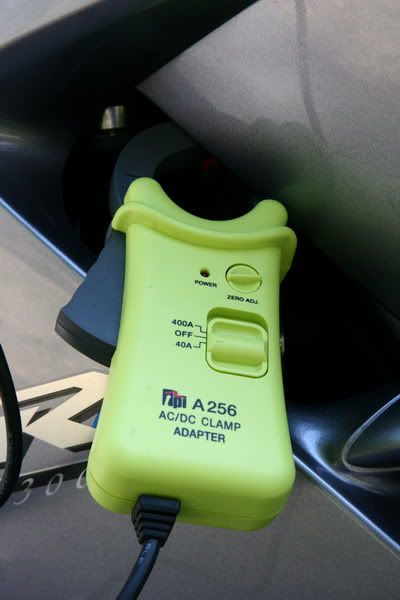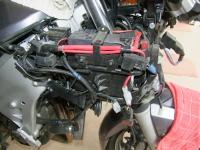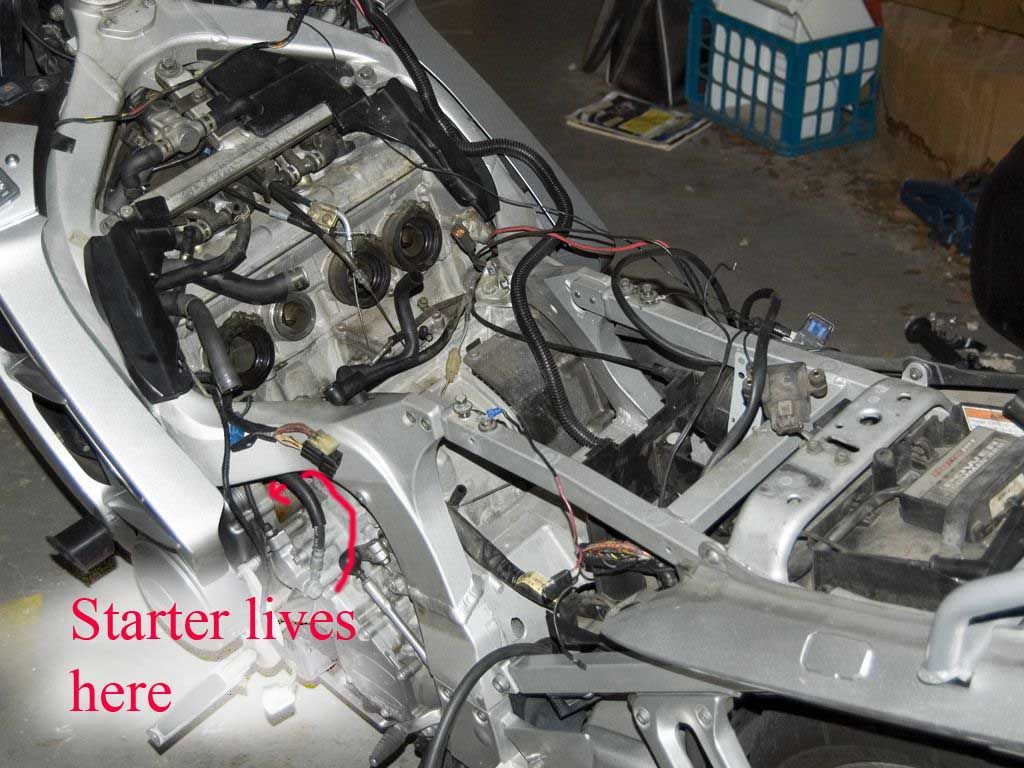luvtoride
My Indian name is "Pants On Fire"
I think that I have one. I have a volt meter installed. What is the magic # that I'd be looking for to know the stater is pulling a shitload of current.
Here are my symptoms... It has been doing it for awhile. Dealer told me that the starter isn't my issue. A battery is my issue. That was a year-ish ago. A new battery installed & issue disappeared for the most part for several months... but it is back now & has slowly reared it's head since battery replacement.
It only seems to happen if I stop for gas or anything that makes me turn the bike off & then trying to start it back up in a short amount of time after. Before it would turn very very slow (no clock reset), I'd hit the button again & usually it would kick over with a try or two.
So, yesterday I take my first ride of the season after charging the battery with a trickle charger. Embarrassingly enough I haven't been on the bike since October... so I trickle charged my battery about a day & 1/2.
I stop for gas & bike will not re-start. even after several tries of the starter button. & I even got NOTHING... no turning at all. I'm not sure why I tried it but I did a WFO throttle causing fast starter & bike starts right up. WTH man!
Anyway, does this sound like the starter? I had one anticipating needing it & cannot find it. Before purchasing another I'd like to be sure that this is my problem.
Here are my symptoms... It has been doing it for awhile. Dealer told me that the starter isn't my issue. A battery is my issue. That was a year-ish ago. A new battery installed & issue disappeared for the most part for several months... but it is back now & has slowly reared it's head since battery replacement.
It only seems to happen if I stop for gas or anything that makes me turn the bike off & then trying to start it back up in a short amount of time after. Before it would turn very very slow (no clock reset), I'd hit the button again & usually it would kick over with a try or two.
So, yesterday I take my first ride of the season after charging the battery with a trickle charger. Embarrassingly enough I haven't been on the bike since October... so I trickle charged my battery about a day & 1/2.
I stop for gas & bike will not re-start. even after several tries of the starter button. & I even got NOTHING... no turning at all. I'm not sure why I tried it but I did a WFO throttle causing fast starter & bike starts right up. WTH man!
Anyway, does this sound like the starter? I had one anticipating needing it & cannot find it. Before purchasing another I'd like to be sure that this is my problem.


































































